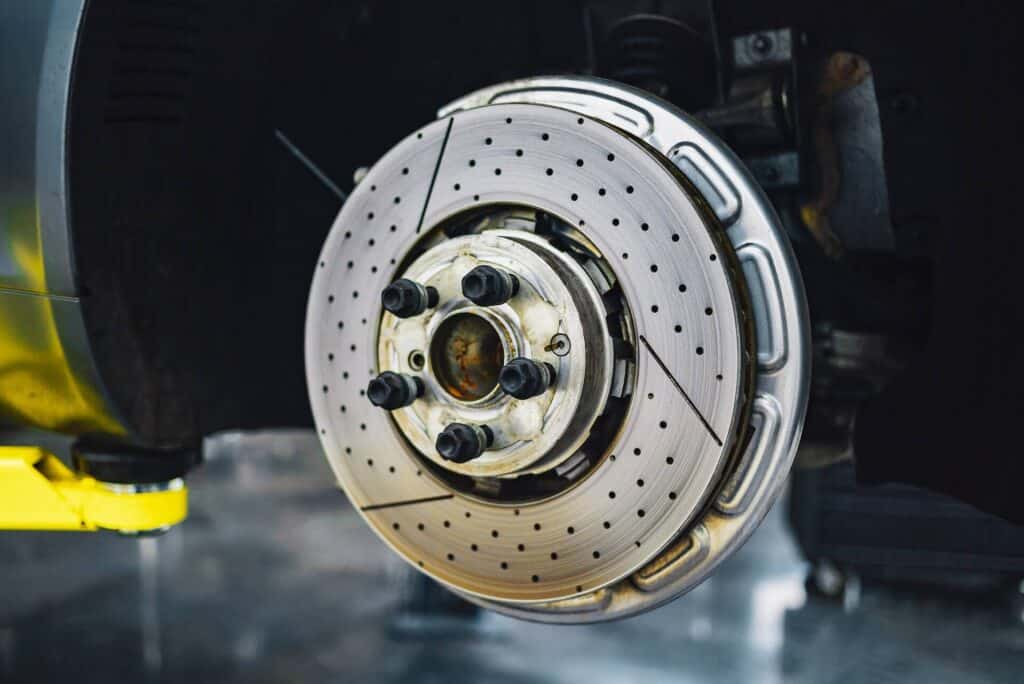An Introduction to Safe and Effective Braking
Safe and effective braking is a vital skill for every driver. It not only helps you maintain control of your vehicle, but also prevents accidents and protects the lives of passengers and other road users. This article will guide you through the science behind braking, the types of braking systems, and important techniques for various driving conditions. We’ll also explore the importance of brake maintenance and troubleshooting common brake problems to ensure optimal performance and safety.
The Science Behind Braking: How It Works
When you press the brake pedal, it activates the braking system, which converts the kinetic energy of your moving vehicle into heat through friction. This friction is generated between the brake pads or shoes and the brake rotors or drums, ultimately slowing down or stopping the vehicle. The effectiveness of this process depends on the type of braking system, the quality of its components, and the conditions under which it is used.

Types of Braking Systems: From Drum Brakes to Disc Brakes
There are two main types of braking systems: drum brakes and disc brakes. Drum brakes consist of a drum, brake shoes, and a wheel cylinder. When the brake pedal is pressed, the wheel cylinder pushes the brake shoes against the inner surface of the drum, creating friction and slowing the vehicle. Disc brakes, on the other hand, use a caliper, brake pads, and a rotor. When the brake pedal is applied, the caliper squeezes the brake pads against the rotor, generating friction and slowing the vehicle. Disc brakes are more efficient at dissipating heat, making them a popular choice in modern vehicles.
Mastering the Art of Anticipatory Braking: Staying Safe on the Road
Anticipatory braking is the practice of looking ahead and preparing to slow down or stop before it becomes necessary. This technique helps maintain a safe distance from other vehicles and objects, giving you more time to react to potential hazards. To master anticipatory braking, pay attention to traffic flow, road conditions, and potential obstacles. Gradually apply pressure to the brake pedal rather than slamming on the brakes, which can cause skidding or loss of control.
Braking Techniques for Various Driving Conditions: Rain, Snow, and More
Different driving conditions require specific braking techniques to maintain control and safety:
1. Rain: Wet roads reduce tire traction, increasing the likelihood of skidding. To brake safely in the rain, maintain a greater following distance and apply gentle pressure to the brake pedal.
2. Snow: Snow-covered roads can be slippery and unpredictable. Brake gently and gradually, allowing more time to slow down or stop. Avoid sudden movements or sharp turns, as they can lead to loss of control.
3. Ice: On icy roads, it’s crucial to brake slowly and cautiously. If you feel your vehicle begin to slide, release the brake pedal and gently steer in the direction you want to go.
ABS (Anti-lock Braking System): Maximizing Safety and Control
The Anti-lock Braking System (ABS) is a safety feature that prevents your wheels from locking up during hard braking, allowing you to maintain steering control. ABS works by monitoring the speed of each wheel and modulating brake pressure to prevent lockup. When ABS is engaged, you may feel a pulsating sensation in the brake pedal. To use ABS effectively, apply firm and continuous pressure to the brake pedal without pumping.
Brake Maintenance: Ensuring Optimal Performance and Safety
1. Regular brake maintenance is essential for safe and effective braking. Here are some key maintenance tasks:
2. Check and replace brake pads and shoes as needed. Worn pads or shoes can reduce braking performance and damage other components.
3. Inspect and replace brake rotors or drums if they are damaged or warped. These components play a crucial role in generating friction and dissipating heat.
4. Monitor brake fluid levels and replace the fluid as recommended by your vehicle manufacturer. Brake fluid is essential for transferring pressure from the brake pedal to the braking system.
5. Inspect the brake lines and hoses for leaks, cracks, or other damage. Damaged lines can lead to loss of brake fluid and reduced braking performance.
6. Regularly clean and lubricate brake calipers, wheel cylinders, and other moving parts to ensure smooth operation and prevent corrosion.

Troubleshooting Common Brake Problems: What to Look Out For
Being aware of common brake problems can help you identify and address issues before they become serious. Here are some symptoms to watch for:
1. Squealing or grinding noises: These sounds can indicate worn brake pads or shoes that need replacement.
2. Soft or spongy brake pedal: This can be caused by air in the brake lines, worn brake pads, or low brake fluid.
3. Pulsating brake pedal: A pulsating pedal can be a sign of warped rotors, which may need to be resurfaced or replaced.
4. Pulling to one side when braking: This can indicate uneven brake pad wear or a sticking brake caliper.
5. Warning lights on the dashboard: If the ABS or brake warning light comes on, have your vehicle inspected by a professional as soon as possible.
Conclusion: Becoming a Pro at Safe and Effective Braking
Safe and effective braking is an essential skill for every driver. By understanding the science behind braking, maintaining your braking system, and mastering various braking techniques, you can significantly improve your safety on the road. Stay vigilant, practice anticipatory braking, and keep your vehicle’s brakes in top condition to ensure optimal performance and safety in all driving conditions.
